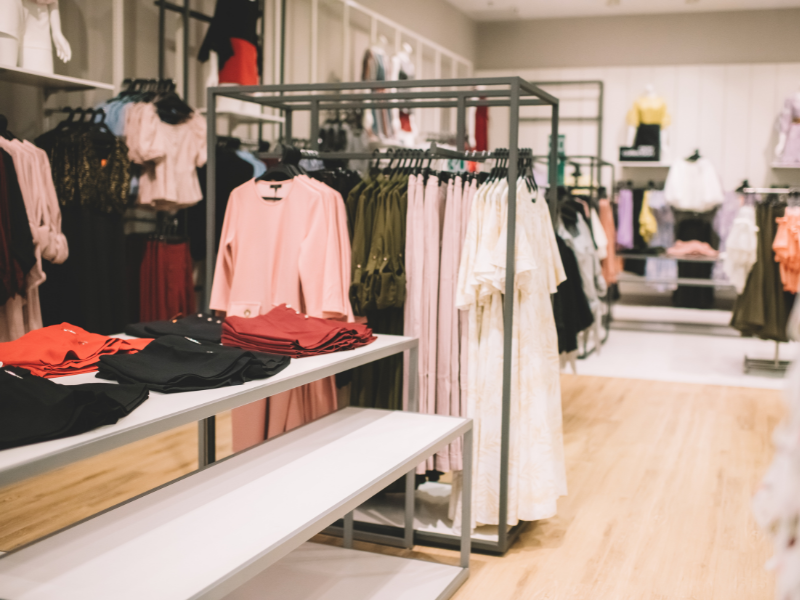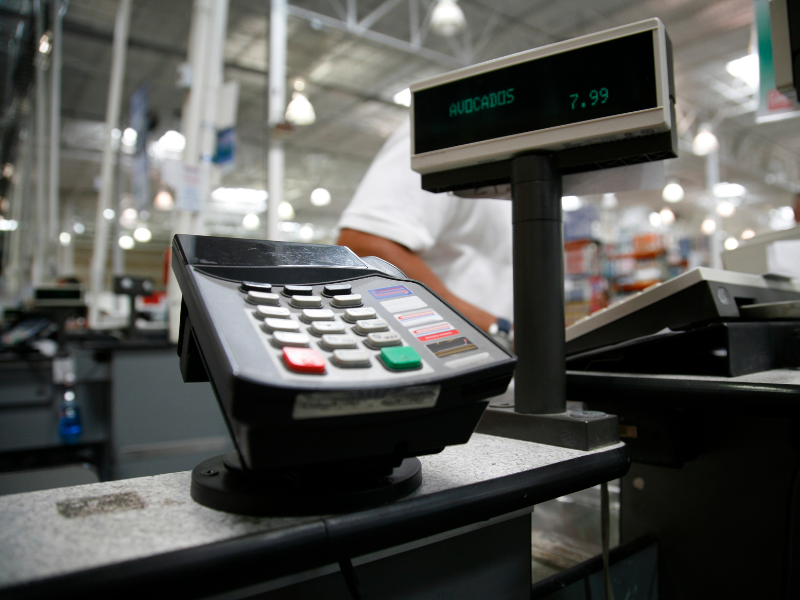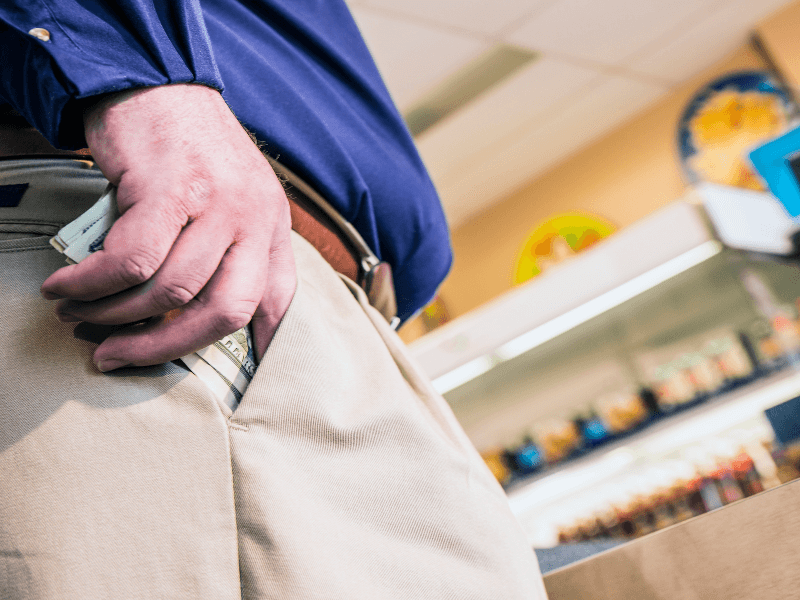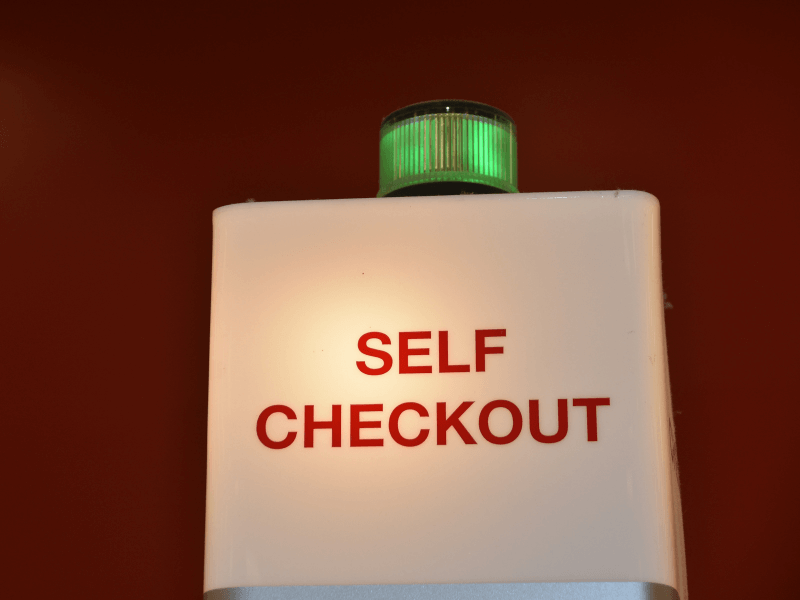There seems to be no doubt that smart checkout machines are the wave of the future. Slowly but surely – and sometimes not that slowly – they are showing up in a variety of retail settings. They may have started in grocery stores and nationwide retailers, but businesses big and small in all industries are now starting to introduce them. Even with some initial resistance to change, consumers are starting to get on board with them, which means that retailers need to follow the trend and start using smart checkout machines or risk being left behind.
Of course, there are still two sides to self-checkout systems, especially since it’s such a new technology. While self-checkout machines provide a potential solution to a lot of pain points in retail settings, there are also new challenges presented by the technology. To better understand how self-checkout machines fit into a particular retail setting, let’s take a closer look at both the challenges and solutions that come with implementing smart checkout machines in a retail setting.
Solution: Saving Space

One of the clear solutions for using self-checkout stations is that they can save space within a retail store. If employees aren’t needed to manage multiple checkout stations, then more space can be devoted to checkout stations.
In some cases, half a dozen self-checkout stations take up as much space as one or two traditional checkout areas. This can allow retail stores to reassess how they use space, allowing them to put more products on display and even offer more products. In retail locations where space is limited in the first place, utilizing self-checkout stations can be a game-changer and increase the amount of space by a significant margin.
Challenge: Customer Buy-In
One of the initial challenges of implementing self-checkout machines is convincing customers to use them. Even retailers that have started to utilize self-checkout options still have traditional checkout options as well, giving customers a choice. But if not enough customers are using self-checkout machines, they are just wasting space.
Even as the popularity of self-checkout options grows, stats show that around one-third of consumers prefer traditional methods of checking out in retail settings. This means that businesses need to find a way to encourage the use of self-checkout machines or find a proper balance between employee-operated checkout locations and self-checkout kiosks.
Solution: Streamlined Customer Experience

The biggest reason why retailers are trying to adopt self-checkout machines is to help provide consumers with a faster, more streamlined experience. It’s easier than ever for customers to buy goods online and have them delivered to their homes, even with products as fundamental as groceries.
Retailers need a way to get consumers to keep coming back to brick-and-mortar locations, and a fast and convenient checkout experience is one way to encourage them to do so. If self-checkout stations are operated properly, customers are able to scan, pay, and leave in a short period of time. It makes the shopping experience feel fast and easy rather than a chore that can be accomplished without leaving their home.
Challenge: Processing Large Orders
During the early years of self-checkout machines, the technology had mostly been used for processing small orders. In grocery stores, there are sometimes signs that limit self-checkout areas to customers buying 20 items or less. This means that there is a segment of customers who aren’t able to explore their self-checkout options.
As mentioned, self-checkout stations typically take up less space than traditional checkout areas. However, this means that it’s a challenge for them to service customers who have large orders, whether it be in a grocery store or another retail setting. Therefore, it’s up to individual stores to find a way for self-checkout stations to service large orders or keep an employee-operated station open at all times for larger orders.
Solution: Shorter Lines
A big part of why self-checkout machines are quicker than traditional methods is that customers can avoid waiting in long lines. As mentioned, self-checkout stations take up less space, allowing retailers to provide more of them than they would traditional checkout areas. With more checkout stations, customers move through faster and aren’t stuck in line.
This is a huge part of the appeal that self-checkout stations have from a customer’s point of view. Fewer people standing in line also means less wasted space within the store, helping retailers to do something productive in areas that were previously needed for customers waiting in line.
Challenge: Preventing Theft

Perhaps the greatest challenge for retailers using self-checkout machines is trying to prevent customers from taking advantage of the lack of employee oversight and stealing items. Nationwide, retailers already lose tens of billions of dollars every year due to theft. Unfortunately, self-checkout machines have helped contribute to that. Customers sometimes think that they have a better chance of getting away with stealing something if they are scanning items themselves. They might choose to not scan something on purpose, believing that it will go unnoticed.
Therefore, every retailer that utilizes self-checkout stations needs to implement measures to prevent theft. This can involve video surveillance, direct employee oversight, or other forms of technology that can catch or deter potential thieves. The challenge is deciding what theft prevention methods are going to work best in a particular retail setting and then making the proper investment in implementing that solution, which can sometimes be easier said than done.
Solution: Reduce Employee Needs
For retailers, implementing self-checkout stations can be a great way to reduce payroll costs. Even if there needs to be a dedicated supervisor for self-checkout areas, that need from an employee time perspective is far less than having several employees operate a traditional checkout station.
This can help to free up more employees to do other things. They can focus more on customer service before the checkout process begins, ensuring that customers find what they want and end up with the right product, which is another way that consumers can be better served with the help of self-checkout stations. The use of self-checkout machines can also dramatically reduce the need for employees, putting a huge dent in the staff budget.
Challenge: Not Enough Employees

On the other side of the coin, it’s possible for businesses to rely too much on self-checkout stations and not have enough employees in the store. As with many things related to the implementation of smart checkout machines, there is a balancing act that retailers must learn. If the staff is reduced too much, there may not be enough people to monitor smart checkout areas, help customers in other ways, work on inventory management, and address other tasks that need to be completed.
Likewise, some customers still value the human element of shopping in retail stores. They may not want to visit a retailer that feels quiet and empty because there is limited staff and customers swiftly moving in and out. Keep in mind that some customers are loyal to retailers because of an emotional attachment, which is something that can be missing if there are smart checkout stations and limited employees.
Solution: Stay Ahead of the Curve

Retailers in all industries always feel pressure to keep pace with their competitors. With more and more retailers across all industries implementing smart checkout machines and other smart technologies, businesses can quickly fall behind if they don’t jump on the bandwagon.
If self-checkout stations are indeed the wave of the future and an inevitable part of operating a retail business, companies will feel obligated to follow along. In fact, many businesses will think that the best way to stay ahead of the competition is to be at the forefront when it comes to using new technologies. Based on the current direction that things are moving, new technologies like smart checkout machines are one of the best ways for retail companies to stay ahead of the curve.
Challenge: Upfront Costs
Particularly with small retail locations, the biggest challenge of implementing self-checkout stations is simply the financial investment they require. Smart checkout stations cost more in the short term than building a traditional checkout area, which is typically true whenever retailers adopt new technologies. Retailers also need to keep in mind that it can take a year or more to get a full return on their investment after purchasing self-checkout machines.
And remember, the financial investment isn’t where it ends, as retailers also need to ensure customers are utilizing self-checkout machines and are comfortable using them every time they come into the store. If executed properly, implementing smart checkout machines will pay off in the long run. However, retailers still have to consider the upfront costs and weigh the benefits against some of the challenges.
Have more questions about implementing smart checkout machines in your retail store? Reach out to us today! Our representatives are always available to answer your questions.




